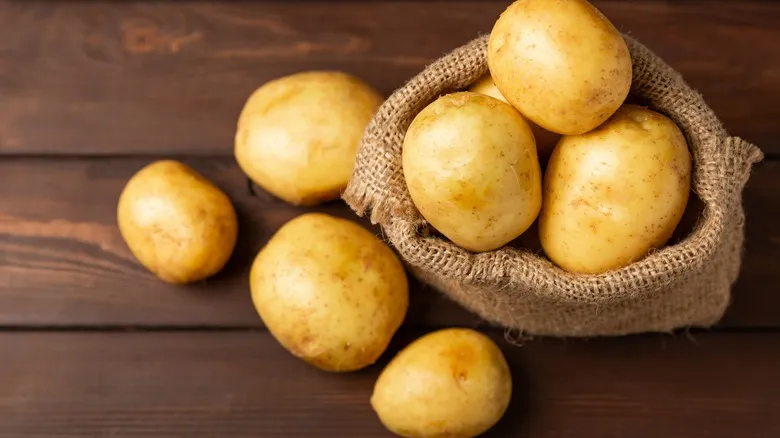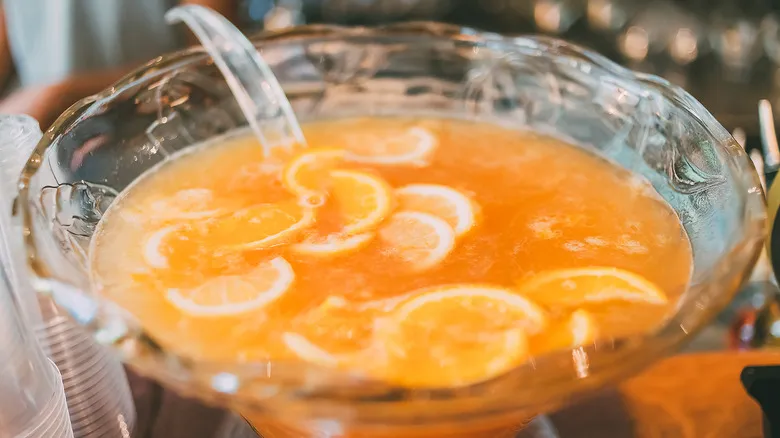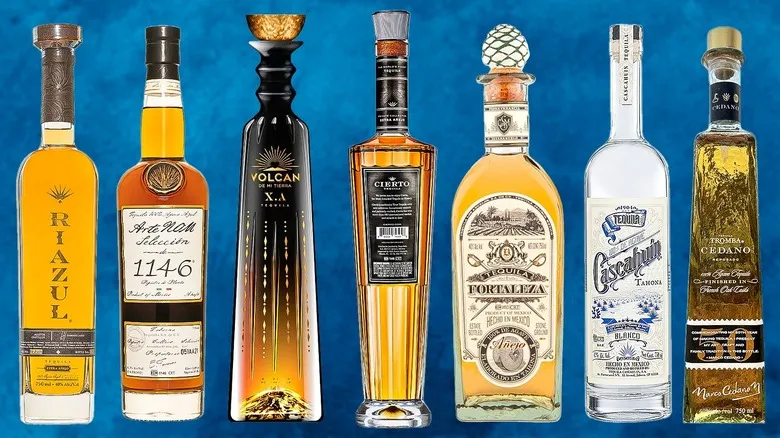How vodka is made

The process of making vodka starts with the combination of a base ingredient—such as wheat, corn, or potatoes—with water and yeast. The yeast interacts with the sugars and starches in the base ingredient, fermenting the mixture to produce ethanol (alcohol). Once fermentation is complete, the mixture is ready for distillation, which is the most critical phase of vodka production and what distinguishes it from other spirits.
Distillation is a purification method that involves heating the vodka until it evaporates, capturing the vapor, and then cooling it back into liquid form. This process eliminates impurities from the mixture. While all types of spirits undergo distillation, vodka is typically distilled more frequently than others. Most vodka manufacturers distill their product between three and seven times, with some going even further. In contrast, spirits like bourbon and rum are usually distilled only twice.
The more times a spirit is distilled, the clearer and smoother it becomes. This is why vodka pairs well with a variety of mixers—it is clear, colorless, and nearly flavorless, which has earned it the title of the ultimate neutral spirit. Additionally, increased distillation results in a higher alcohol content. To be classified as vodka, a spirit must be distilled to an impressive 95% alcohol by volume (ABV), but it is then diluted with water to achieve an ABV of 40-46%. This characteristic is the true hallmark of vodka, rather than the ingredients used.
Why do we associate vodka with potatoes?

The widespread use of wheat or corn in vodka production raises the question of how this spirit became linked to potatoes. To grasp this connection, we must explore the history of vodka, which traces its roots back to either Russia or Poland—both countries claim to be its birthplace. The earliest recorded references to vodka appear in the 14th century, while potatoes, originally from South America, were not introduced to Europe until the 16th century. Prior to that, vodka was primarily produced from grapes, essentially making it distilled wine.
Potatoes became particularly associated with Eastern Europe during the Soviet era, a time marked by severe famines that forced many to depend on potatoes for sustenance. During this time, potatoes emerged as the most accessible source for vodka. Although this is no longer true, the association persists as a prominent stereotype in Russian culture. While Russia is not the leading producer of potatoes (that title belongs to China), it ranks high on the list, and the American perception of Russians consuming large quantities of potatoes likely contributed to the belief that vodka is made from them.
Ironically, potatoes are one of the least efficient sources for vodka production, requiring more time and effort to ferment compared to grains. This inefficiency arises from the more complex starches found in potatoes compared to those in wheat or corn.
Recommended

Party Like It's 1795 With This Boozy Philadelphia Punch

Top-Shelf Tequilas That Are Worth The Price, According To Experts

The Old Hollywood Duo Behind The First Ever Chocolate Martini

What's The Difference Between Aperitifs And Digestifs?
Next up

